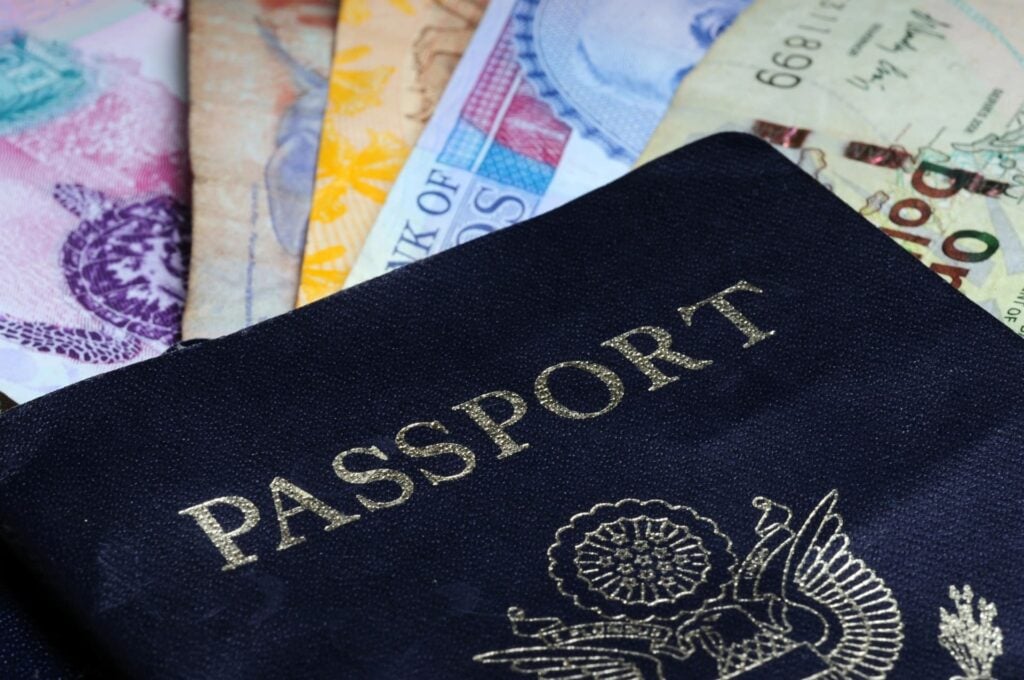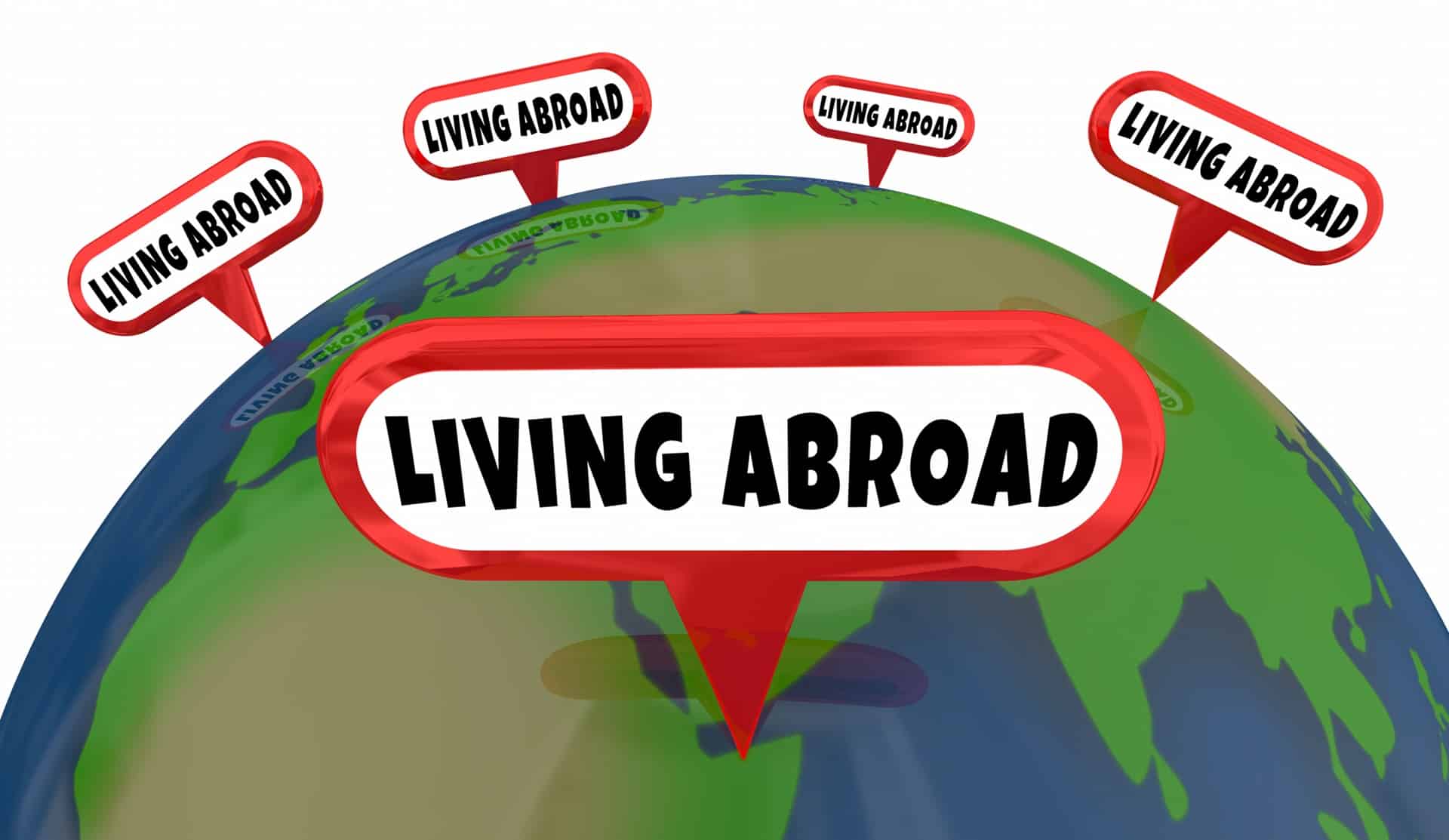Understanding Global Taxation
In the complex web of global economics, taxation plays a pivotal role in shaping nations’ social, economic, and infrastructural landscapes. Governments worldwide employ taxation as a primary tool to generate revenue, which is subsequently utilized to fund public services, such as healthcare, education, and transportation. However, the extent to which citizens are taxed varies significantly from one country to another, influenced by factors such as economic policies, living standards, and governmental structures. This article delves into the intricacies of global taxation, identifying the countries with the highest and lowest tax rates and examining the implications of these rates on their citizens and overall economic health.
The Apex of Taxation: Countries with the Highest Tax Rates
- Denmark: Often topping the list with its comprehensive welfare system, Denmark imposes one of the highest personal income tax rates worldwide. Danish citizens benefit from a range of public services, including free healthcare, education, and generous unemployment benefits, funded by these taxes.
- France: France is known for its progressive tax system, where higher earners face higher tax rates. This system supports France’s extensive social services, including healthcare, pensions, and public education.
- Belgium: High personal income tax rates in Belgium finance a robust social security system, offering extensive healthcare, pension, and unemployment insurance benefits.
- Finland: With a focus on social equality and welfare, Finland employs high taxation to fund public services like free education (including higher education) and healthcare.
- Sweden: Sweden’s high tax rates are a cornerstone of its well-regarded social welfare system, providing comprehensive healthcare, education, and social security benefits.
These countries, characterized by their high taxation, share a common theme: a strong emphasis on social welfare and public services. Citizens in these nations typically enjoy high living standards, excellent public services, and significant social security benefits. However, the high tax rates can also be a source of contention, particularly among higher earners and businesses concerned about competitiveness and economic innovation.

The Nadir of Taxation: Countries with the Lowest Tax Rates
- Bahrain: This Gulf state imposes no personal income tax, relying instead on oil and gas revenues to fund its public services and infrastructure projects.
- The Bahamas: With no personal income tax, The Bahamas relies heavily on tourism and investment income, drawing wealthy individuals and businesses seeking tax advantages.
- Bermuda: Known for its favorable tax regime, Bermuda does not levy personal income taxes, making it an attractive location for international businesses and expatriates.
- Monaco: The absence of personal income tax in Monaco, combined with its glamorous lifestyle, has made it a magnet for the wealthy, although indirect taxes and high living costs balance the equation to some extent.
- The United Arab Emirates (UAE): With no personal income tax and a relatively low corporate tax rate (applicable only to foreign banks and oil companies), the UAE’s economy benefits from significant foreign investment and a vibrant expatriate community.
Countries with low tax rates often use alternative means to generate revenue, such as natural resources (oil in the case of Bahrain and the UAE), tourism (Bahamas), or attracting wealthy individuals and businesses (Monaco and Bermuda). While the low personal tax burden can spur economic growth and attract foreign investment, it may also result in less funding for public services compared to countries with higher tax rates. Additionally, the reliance on a narrow range of revenue sources can make these economies vulnerable to external shocks, such as fluctuations in commodity prices or tourism.

Navigating the Spectrum of Global Taxation
The stark contrast between countries with the highest and lowest tax rates underscores the diversity of fiscal policies worldwide. High-tax countries typically justify their rates with extensive public services and social safety nets, aiming to reduce income inequality and ensure a high quality of life for all citizens. On the other hand, low-tax countries often attract investment and talent by minimizing the tax burden on individuals and businesses, potentially fostering a dynamic economic environment but facing challenges in funding public services comprehensively.
Understanding the implications of these tax systems is crucial for policymakers, businesses, and individuals alike. For governments, striking a balance between generating necessary revenue and fostering economic growth and competitiveness remains a perpetual challenge. For businesses and individuals, the tax environment is a significant factor in decisions about where to live, invest, and operate.
In conclusion, the global landscape of taxation reveals a complex tapestry of policies, priorities, and impacts. Countries with the highest tax rates showcase a commitment to social welfare and public services, while those with the lowest rates often focus on economic growth and attracting wealth. Each approach has its merits and challenges, reflecting the diverse priorities and strategies that nations pursue in their quest for prosperity and well-being.


Facebook Comments